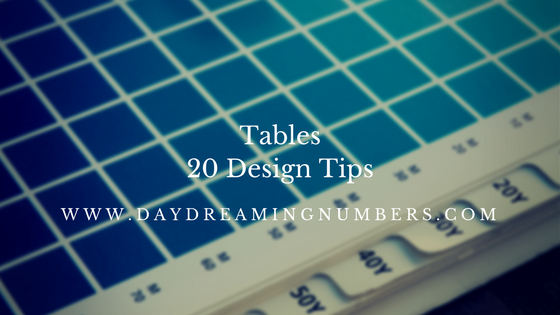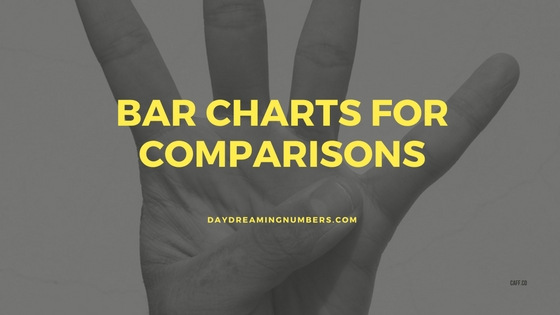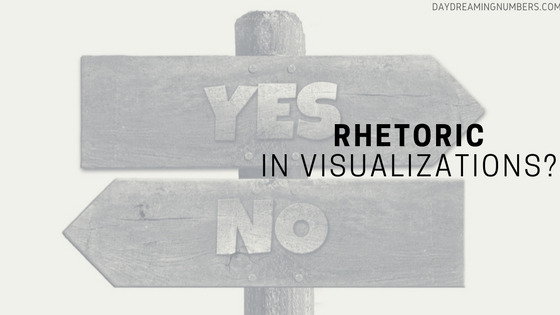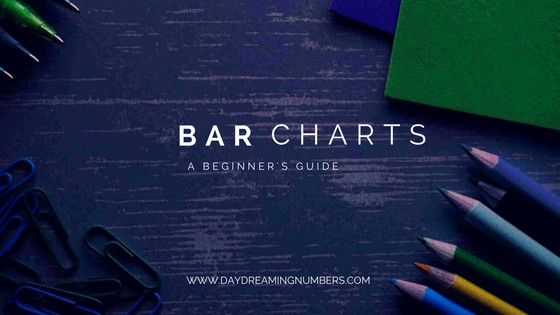20 tips to design tables for better communication
We use tables in our daily work to share data with co-workers as well as to present data in meetings and other events. Tables are great for look up, comparison and are widely understood. But do we pay enough attention in choosing the right design for a table? It is very simple to create a table…







